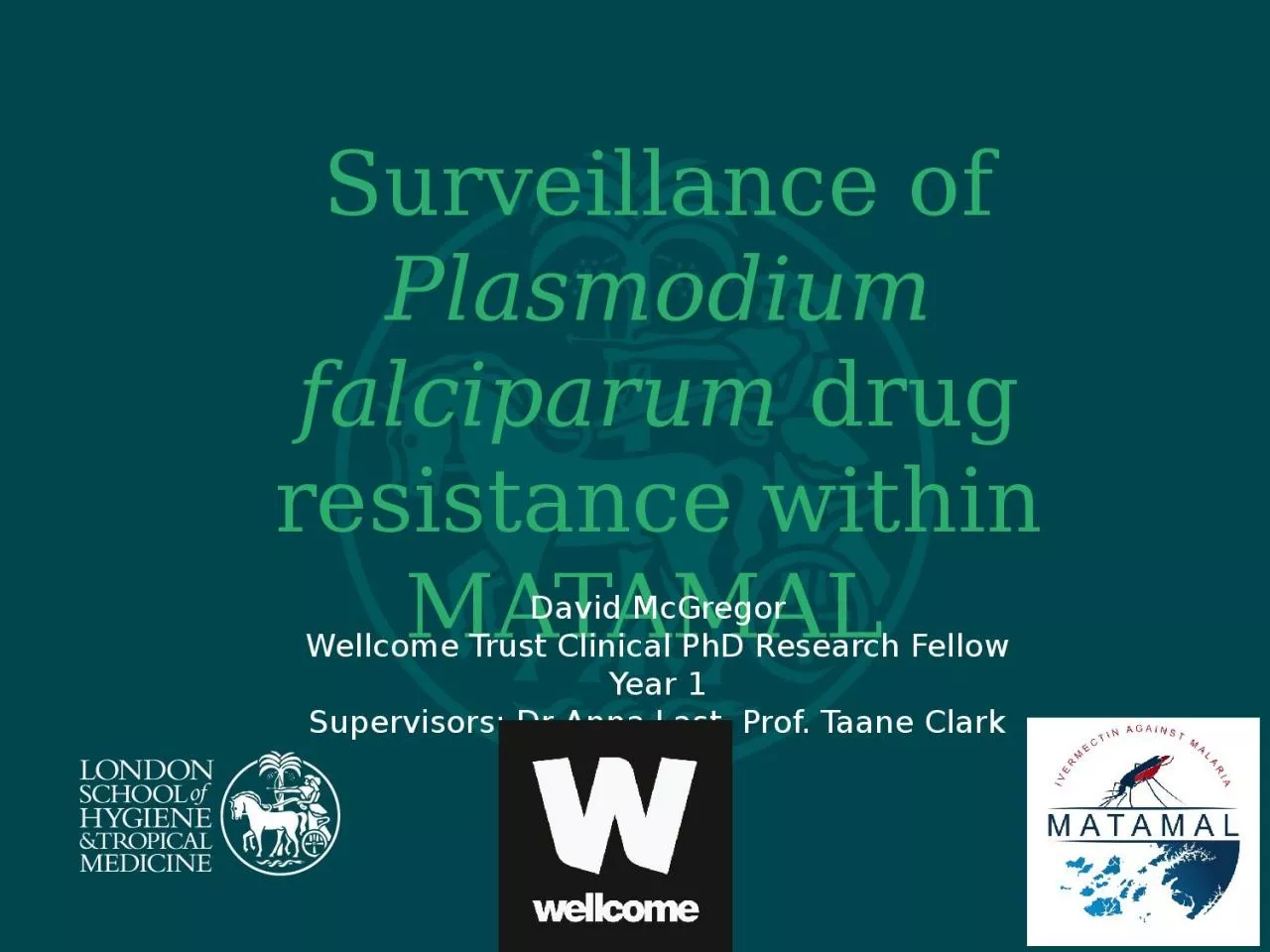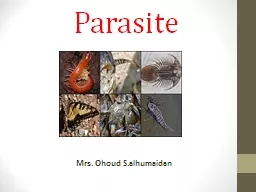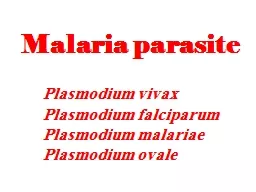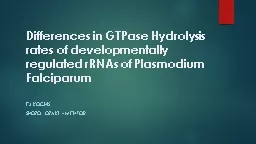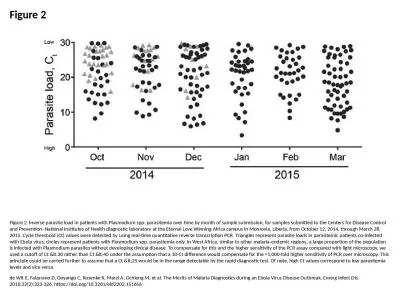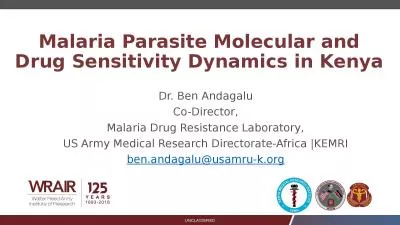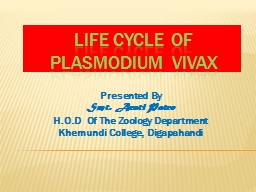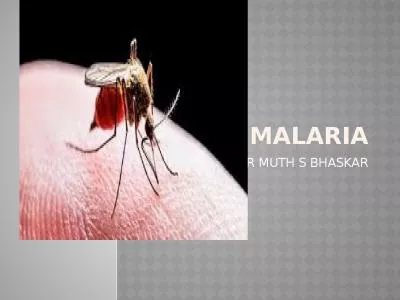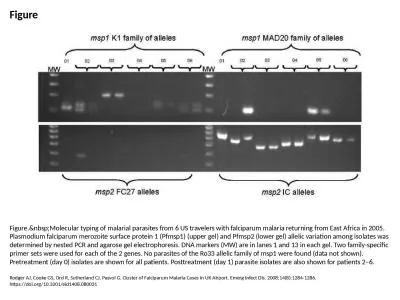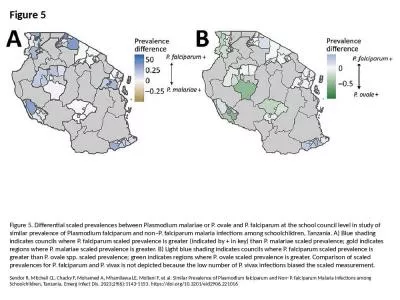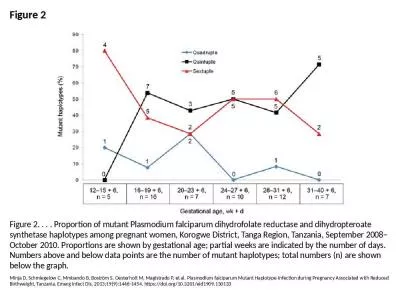PPT-Surveillance of Plasmodium falciparum
Author : claire | Published Date : 2024-03-13
drug resistance within MATAMAL David McGregor Wellcome Trust Clinical PhD Research Fellow Year 1 Supervisors Dr Anna Last Prof Taane Clark Overview 1 Investigating
Presentation Embed Code
Download Presentation
Download Presentation The PPT/PDF document "Surveillance of Plasmodium falciparum" is the property of its rightful owner. Permission is granted to download and print the materials on this website for personal, non-commercial use only, and to display it on your personal computer provided you do not modify the materials and that you retain all copyright notices contained in the materials. By downloading content from our website, you accept the terms of this agreement.
Surveillance of Plasmodium falciparum: Transcript
Download Rules Of Document
"Surveillance of Plasmodium falciparum"The content belongs to its owner. You may download and print it for personal use, without modification, and keep all copyright notices. By downloading, you agree to these terms.
Related Documents

